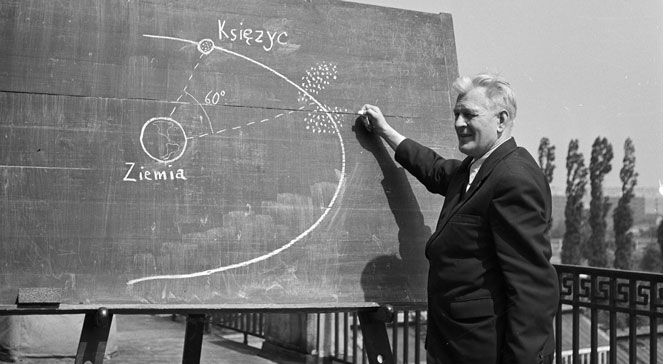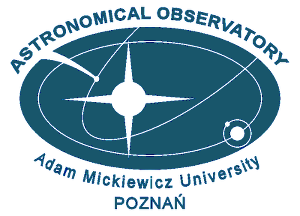
Born in Poznan polish astronomer Kazimierz Kordylewski was the first one who paid attention to the possibility of existence of the dust moons of the Earth.
By the end of the 50-ties, he suggested that a densities of the interplanetary dust should exist near the triangular Lagrange points in the Earth-Moon system and they should be visible from Earth as a slight brightening on the night sky.
In order to observe this dust clouds Kordylewski organised a series of expeditions, e.g. to the equatorial areas on the ocean. In 1961, he published the results of his observations, reporting the discovery of dust moons near the L4 and L5 Lagrange points.
Kordylewski clouds are extremely difficult to observe, because of their very low surface brightness. Therefore, for many years no one has been able to confirm discovery of Kordylewski.
This was done in October 2018 by a team of Hungarian scientists from Eotvos University – Gabor Horvath, Judit Sliz-Balogh and Andras Bart. They carried out polarimetric observations around the L5 point, which clearly showed the presence of a dust cloud. Their results have been published in Monthly Notices of the Royal Astronomical Society.
2018-11-13, WB

